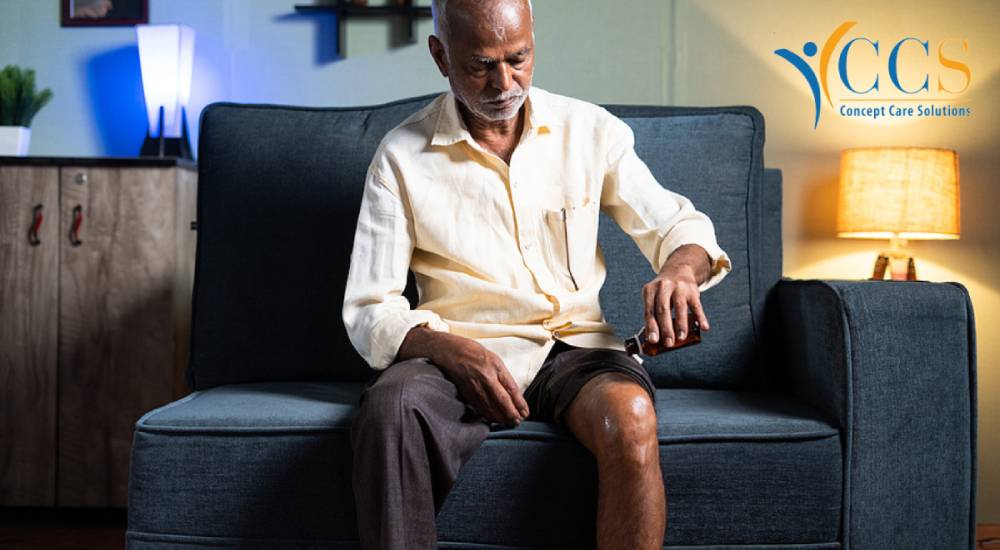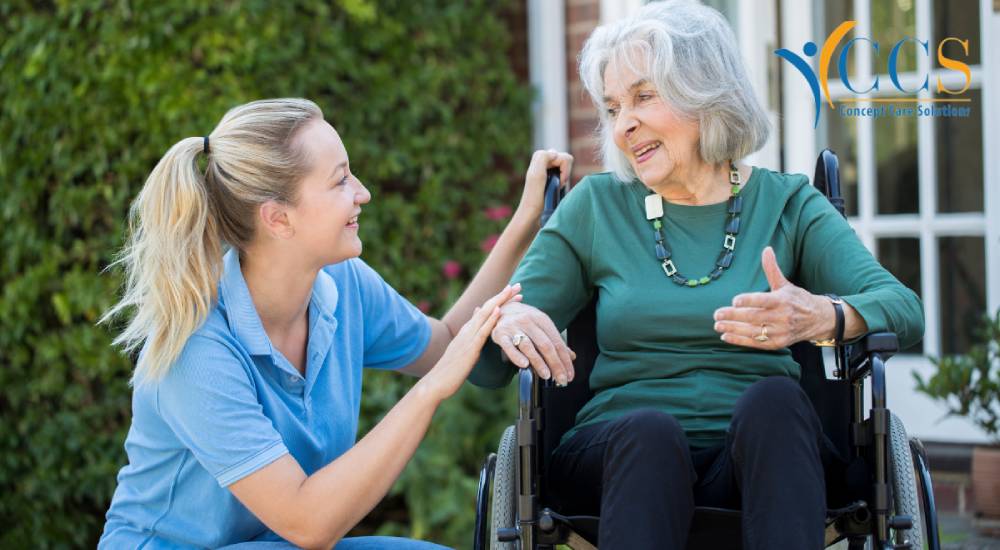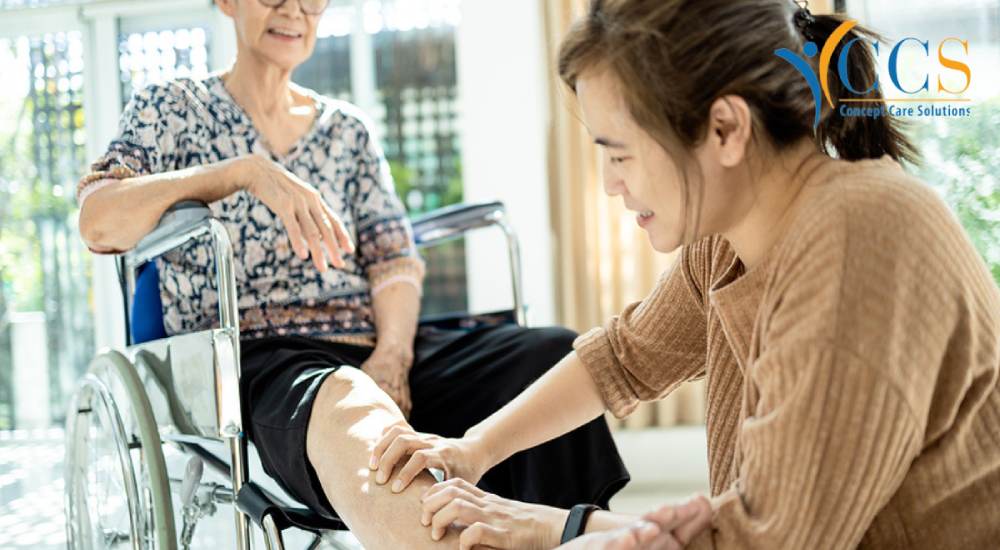We all know that it’s important to stay as active as possible as we get older in order to maintain strength, flexibility and mobility, as well as promoting better sleep, potentially supporting brain function, building bone density, keeping weight under control and preventing diseases like stroke, heart disease and cancer.
However, it’s important to make sure that some of the exercise you get is specifically tailored towards improving your balance, as slips, trips and falls are a common cause of injury among those over 65 years old – and our ability to balance gradually starts to decline as we age.
If you don’t stay active, the rate of decline will increase, but it doesn’t have to be this way!
If you prioritise balance activities as part of your weekly exercise regime, along with other activities that help support cardiovascular health as well as muscle strength and flexibility, you’ll do a huge amount to improve your balance and reduce the risk of falls.
There are various sports and activities you can engage in that will really help work on your balance, without you even having to think about it. These include running, cycling, dancing, resistance training, ball games like cricket and tennis, and yoga – so perhaps consider some of these if you’d like to make good balance your focus this year.
However, there are specific exercises you can also do each week as well that will really help drive improvements. Here are a few suggestions from the Concept Care team to help you see progress and give yourself a health boost over the coming months. Have fun!
Balance Exercises For Older Adults
Sit to stands
This can easily be done at home, as all you need to do is stand up from a seated position and then repeat five times. If you need to, you can use your hands to push yourself off at first, but aim to progress to using no hands once you feel more strong and stable.
One-legged stands
Once you’ve mastered the art of sit to stand exercises, you can see how you fare standing on one leg. This is great for building single-leg strength, which is vital for balance. Stand on one leg and lift your other leg up, holding for up to ten seconds. Do this near a wall or chair so you can reach out to steady yourself if you need to.
Heel to toe walks
Once you’re doing well at static leg lifts, you can try introducing more dynamic movements. A good place to begin is with heel to toe walks. Here, you simply imagine a tightrope and try to walk along it, walking with one foot placed right in front of the other so that the toes of the back foot touch the heel of the foot in front.
Rock the boats
This one may be a bit more challenging but something to work towards… stand with your feet hip-width apart, then lift your arms and extend them out to the sides. Lift one foot off the floor and bend the knee to bring your heel towards your bottom. Hold for up to 30 seconds and then do the same on the other leg. Repeat for five cycles each side.





